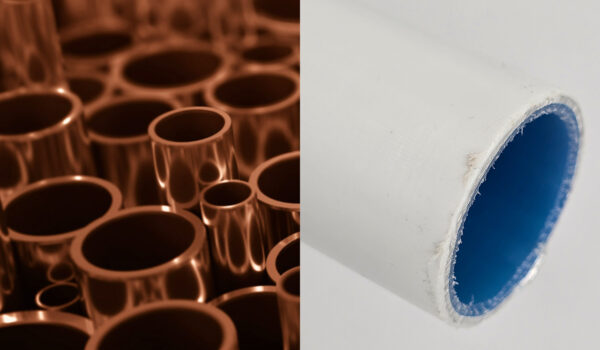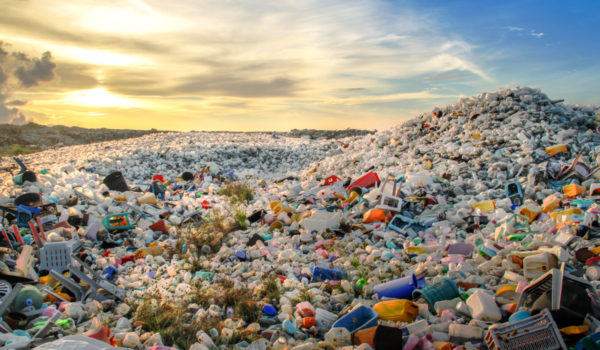On 22 November, Chancellor of the Exchequer, Jeremy Hunt, will deliver his Autumn Budget statement to the House of Commons, presenting the latest independent forecasts and announcing changes to tax and spending plans.
Some changes have already been revealed, such as the living wage rise and tougher anti-cigarette laws, but the construction industry is waiting with bated breath to see what commitments will impact the industry.
So, just what can we expect from the Budget? Here, Andrew Surtees from the Copper Sustainability Partnership (CuSP), discusses what outcomes he would like to see for the industry.
Newly built homes made to last
The UK government has placed a big focus on supporting first-time buyers financially in recent years, but more focus needs to fall on improving the quality of newly built homes.
Many developers are keen to save costs and boost profits wherever possible and are turning to plastic materials to make this happen, due to the cheap cost of the material.
That’s why nearly every new build home uses plastic pipes both in underfloor and plumbing applications. However, this can be problematic when it comes to the longevity of a home’s piping systems.
Research from the Alliance for Sustainable Building Products (ASBP) has revealed that the increased use of plastic push-fit pipework in renovation and new build projects has led to an increase in the volume of escape of water insurance claims, costing UK insurers £2.5 million a day.
This issue could easily be resolved if developers were encouraged to turn to alternative, more durable piping materials, such as copper.
The general consensus within the plumbing industry is that copper pipes tend to outlast plastic pipes by around 20 years, and copper has long been used in domestic and industrial products that must maintain their reliability for generations.
What’s more, copper is a much more sustainable alternative to plastic. It has a unique ability to be safely recycled over and over without any loss in performance or properties and it’s estimated that around two-thirds of the 550 million tonnes of copper produced since 1900 is still in use today.
On the other hand, and despite claims suggesting plastic pipes are fully recyclable and have a circular, end-of-life economy, most plastics are still not being recycled.
For example, multi-layer composite pipe (MLCP) consists of layers of plastic and aluminium, making it very difficult to recycle. Because there is no way to separate the polymers, almost all of that plastic ends up in landfill or incinerators.
With this in mind, we would like to see the government reconsider its building regulations and introduce legislation about using unreliable, unrecycled plastic pipes in new-build homes.
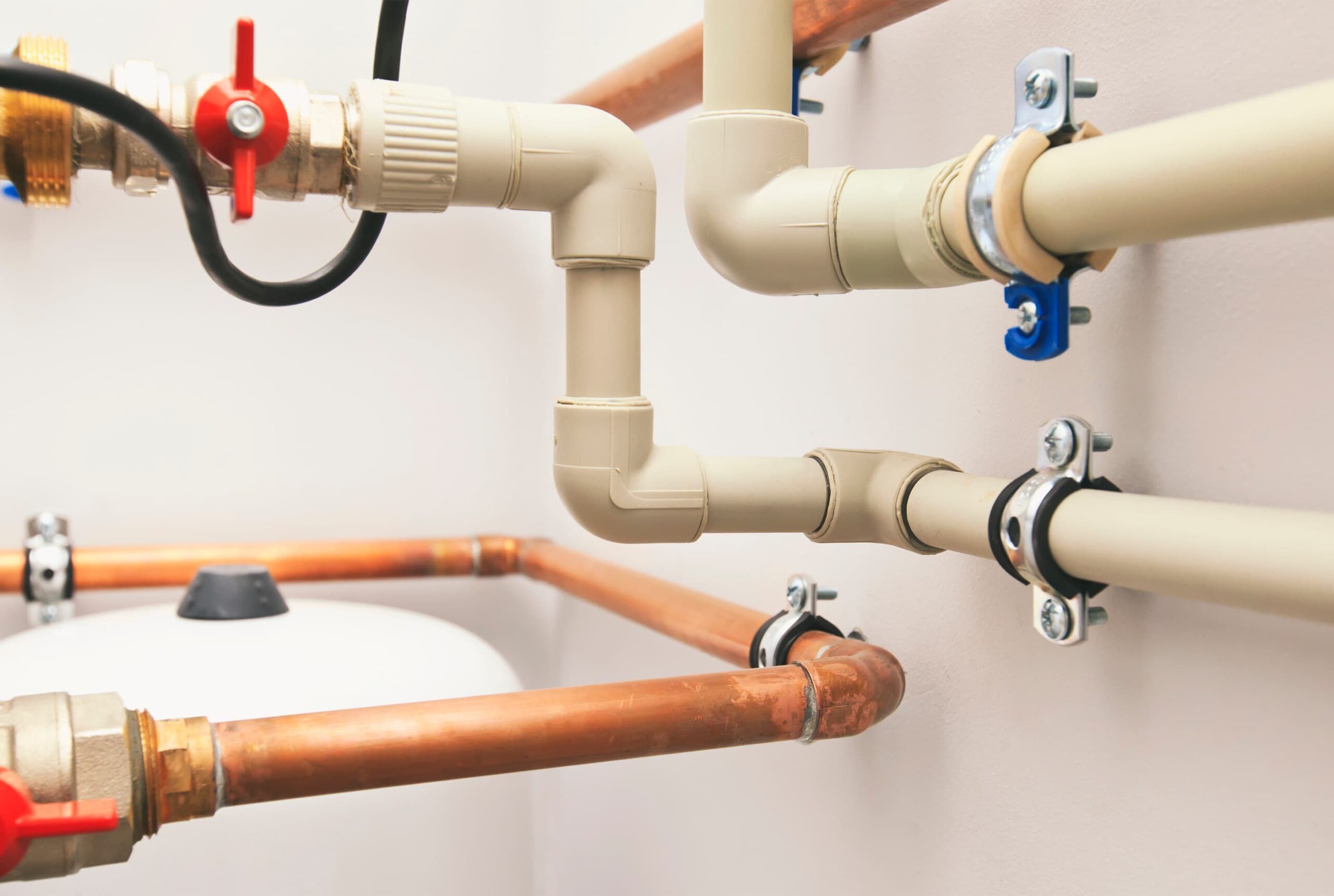
Learn more about the different properties of copper and plastic piping below.
More retrofitting guidance
Currently, there is a huge amount of housing stock in the UK that needs to be retrofitted to help improve the sustainability of housing and meet 2050 net-zero targets.
However, many construction professionals have found the lack of a consistent policy framework around energy efficiency to cause problems when it comes to retrofitting.
Many industry professionals are calling for more certainty and the introduction of a long-term action plan for retrofitting, and this is something that we fully support – with copper and other natural materials playing a key role.
A study conducted by the International Copper Association showed that using copper in a building’s drinking water system cuts around one-third of greenhouse gas emissions and energy use compared to systems made from plastic.
It concluded that only a copper system ensures high levels of recyclability and material circularity that significantly reduces the environmental impact of a building.
With this in mind, copper is an ideal solution when retrofitting to improve the sustainability of the UK housing stock.
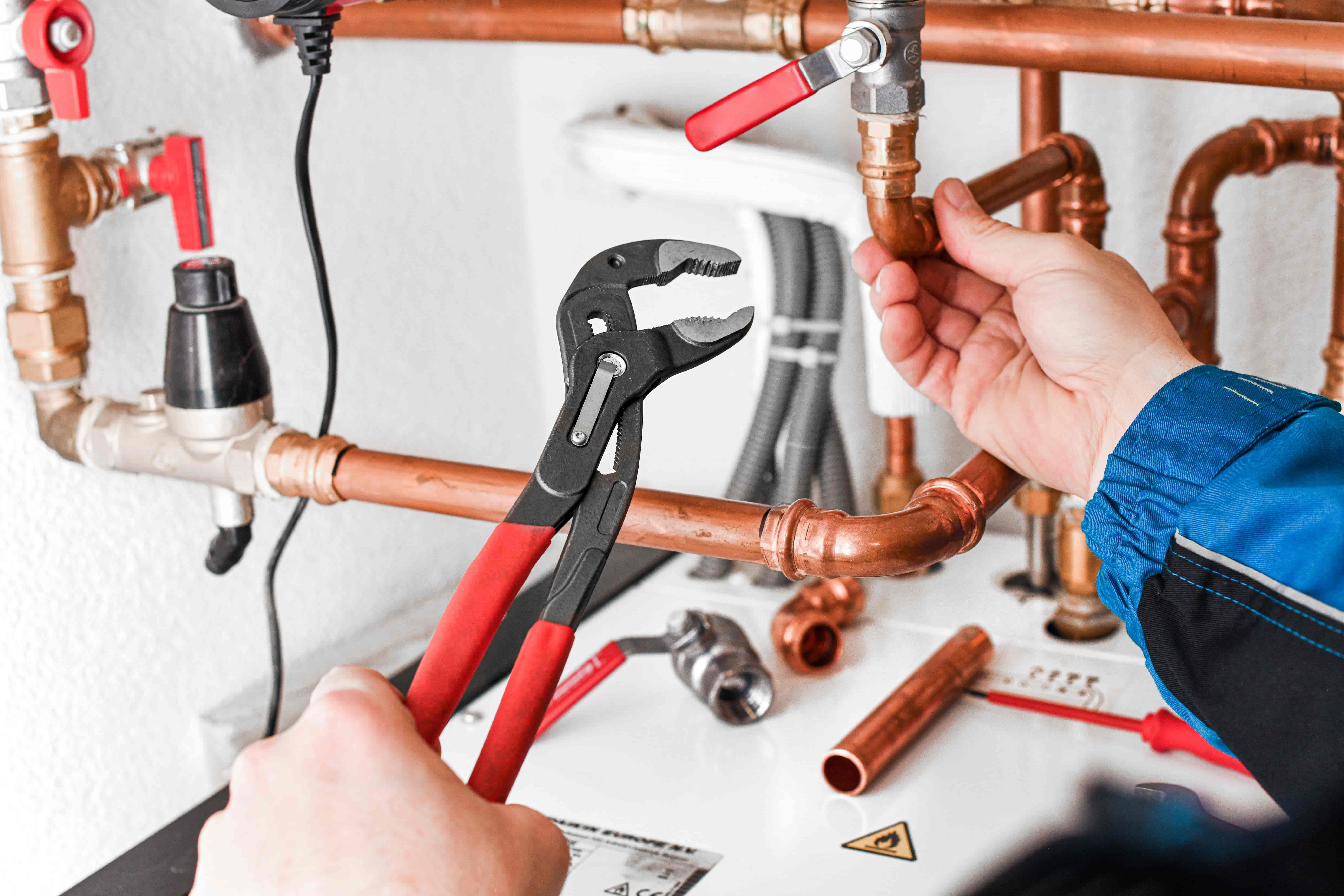
Learn more about the sustainability credentials of copper pipes below.
Funding for building safety regulatory bodies
Last year, the construction industry welcomed the Building Safety Act 2022, which created three new bodies to provide effective oversight of the new regime: the Building Safety Regulator, the National Regulator of Construction Products and the New Homes Ombudsman.
As we approach the Autumn Budget, many construction professionals, including CuSP, are urging the government to ensure these bodies are given the proper funding, which will help the industry to improve and reform.
As part of this, we would like to see more consideration of the safety of piping materials and the dangers that plastic pipes present when it comes to fire safety.
Plastic pipes have a combustion temperature of around 204°C, compared to 1,083°C for copper pipes. With the average structural fire generating temperatures up to about 815°C, plastic pipes will melt and burn in a building fire.
This is problematic because plastic building materials have been found to release dangerous chemicals when exposed to high temperatures. A study by Andrew Whelton of the Centre for Plumbing Safety at Purdue University found that carcinogenic benzene levels were 40,000 times the safe limit when testing water from melted and burned plastic pipes.
What’s more, a separate report into the impact of the wildfires found that the PVC plastic pipes emit methylene chloride, allyl chloride and vinyl chloride when burned – all of which are carcinogenic.
What’s even more worrying is that the effects of burning plastic on human health have already started to emerge. Since the Grenfell disaster in 2017, it has been revealed that at least a dozen firefighters involved in tackling the blaze have now been diagnosed with terminal cancer.
Most of the conditions are believed to be incurable digestive cancers and leukaemia, which are linked to high levels of exposure to carcinogens. Surely this shows the need for the government to introduce stricter regulations around flammable building materials to protect those working in the fire service?
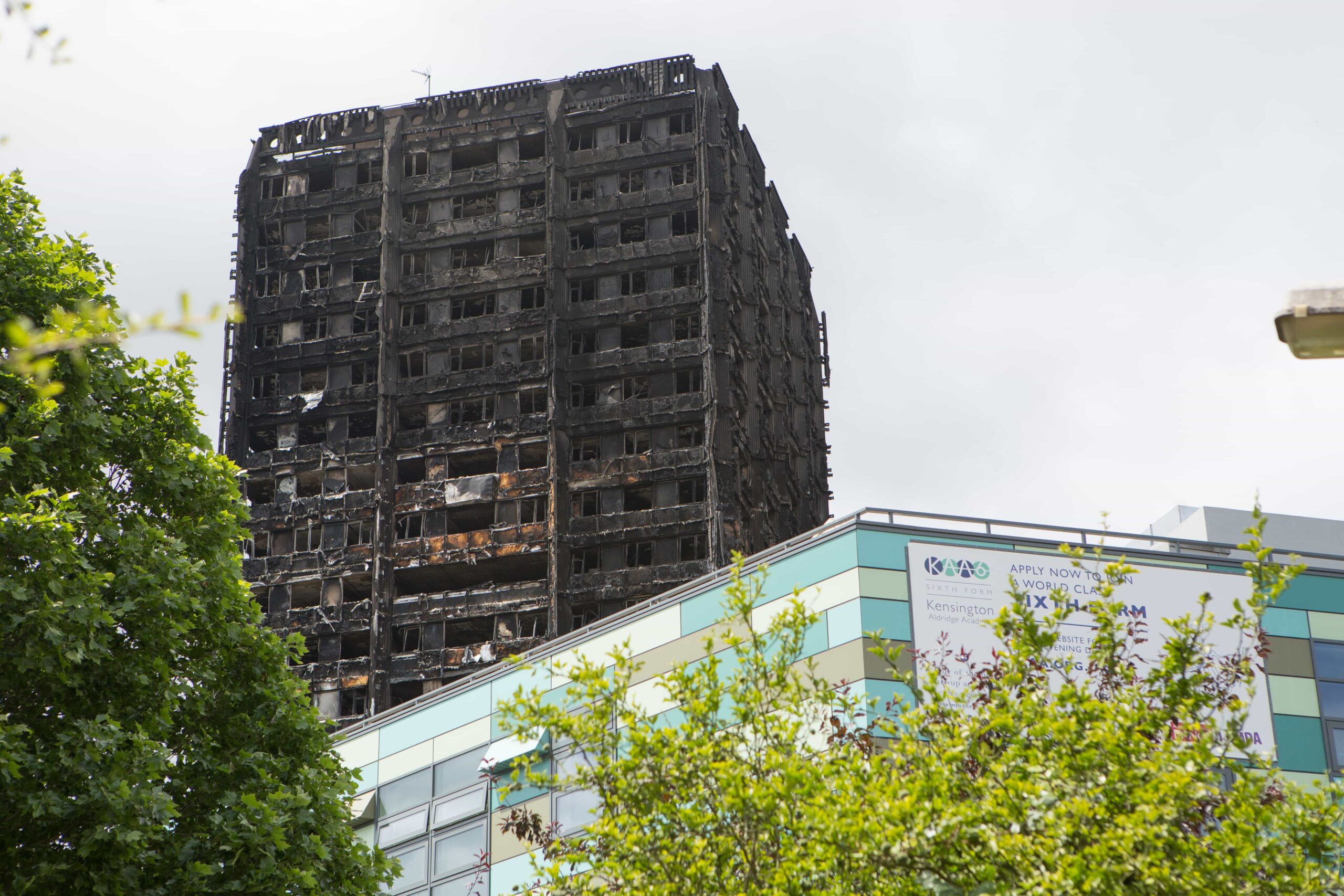
Learn more about the fire risks of plastic in construction below.
Copper: paving the way to a safe and sustainable future
We hope that the Autumn Budget will see the Chancellor make some key announcements to improve the longevity, sustainability and safety of the UK housing market – and we’re ready and waiting for copper to play a key role in the delivery.
Tired of hearing about the plastic greenwash? Keen to learn more about the safety and sustainability credentials of copper? Sign up to our newsletter or check out our other news items.
